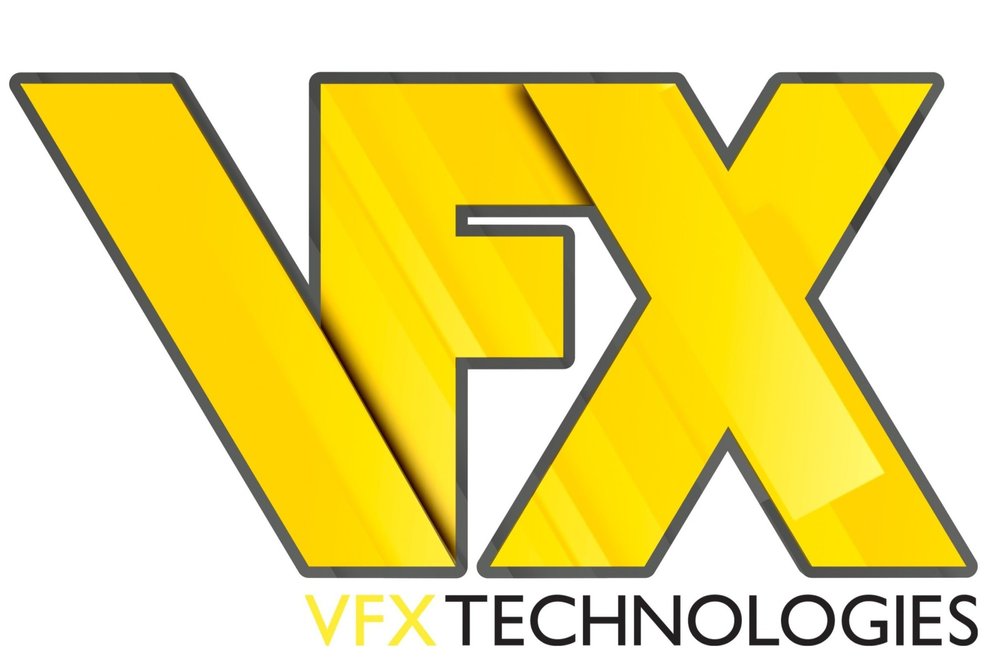The news coming out of NAB is that three of the leading software developers of editing and finishing applications will offer their programs for free or dramatically lower prices. Free software allows companies to get new users to try and become familiar with the capabilities of their products. The more new artists who know a program, the more it makes sense for editorial and visual effects facilities to use those products to increase output.
Last Saturday, Avid announced Media Composer® | First, a free version of their widely used video editing system. It provides "aspiring creative professionals, students, and those just starting their professional careers with free access to the same creative tools used by the most successful and acclaimed filmmakers and television program creators in the world."
Media Composer | First gives users a comprehensive editing toolset with many of the same features and functionality the full version of Media Composer. ME First offers four video tracks, eight audio tracks, and a host of built-in visual effects, transitions, color correction presets and titling templates, users can quickly cut together layers of video, dialog, music and sound effects to produce professional-quality video content. Media Composer | First allows easy sharing, with easy publishing to popular social media channels including YouTube, Vimeo, and Facebook.
You can download Media Composer | First starting in June.
A growing number of facilities are looking for trained Baselight colorists and assistants. Filmlight just released Baselight STUDENT, a free licensed and software-only MacOS application. It’s a perfect learning tool, either for training to become a professional colorist or for experienced practitioners moving up to Baselight from other applications. It provides you a professional grading experience
Baselight STUDENT is a complete version of FilmLight’s Baselight color grading software—with GPU rendering—that runs on any supported Mac platform. It supports using an optional control surface and SDI monitoring for a full grading suite experience.
The principle limitation is that the application is restricted to render out only h.264* movies or JPEG images. It has no watermarking meaning that Baselight STUDENT can be used to create academic-year projects within the limitation of the delivery formats. Along with conform capability, color space handling, format editing, and the ability to render both image sequences and movie files, this also makes the application the ideal tool to learn how to start your career as a professional colorist assistant. It is available now.
Blackmagic DaVinci Resolve has been coming on strong in recent years, and at NAB that introduced a new version Studio 14 and not only is it vastly more feature-laden, but it is also only $299 to purchase and FREE to try.
The new DaVinci Resolve 14, now has Fairlight audio tools specifically designed for film and television post-production. Adding this to the features from the previous version, it’s like getting three high-end applications in one! All it takes is a single click to switch between editing, color correcting, audio mastering and delivery!
Resolve 14 has a new playback engine that increases responsiveness. BMD claims up to 10X better performance. If you're collaborating with a team, you can all work on the same project at the same time! It is available now.
VFX Technologies can provide you the hardware you need to run these applications, and we can rent it to you for a week, a month, or as long as you need. We sell what we rent, and for those of you looking to purchase Blackmagic DaVinci Resolve Studio 14, we have a special price only for our subscribers, call Jim at (800) 516-4302 or email me by clicking here. - Jim Reisman


